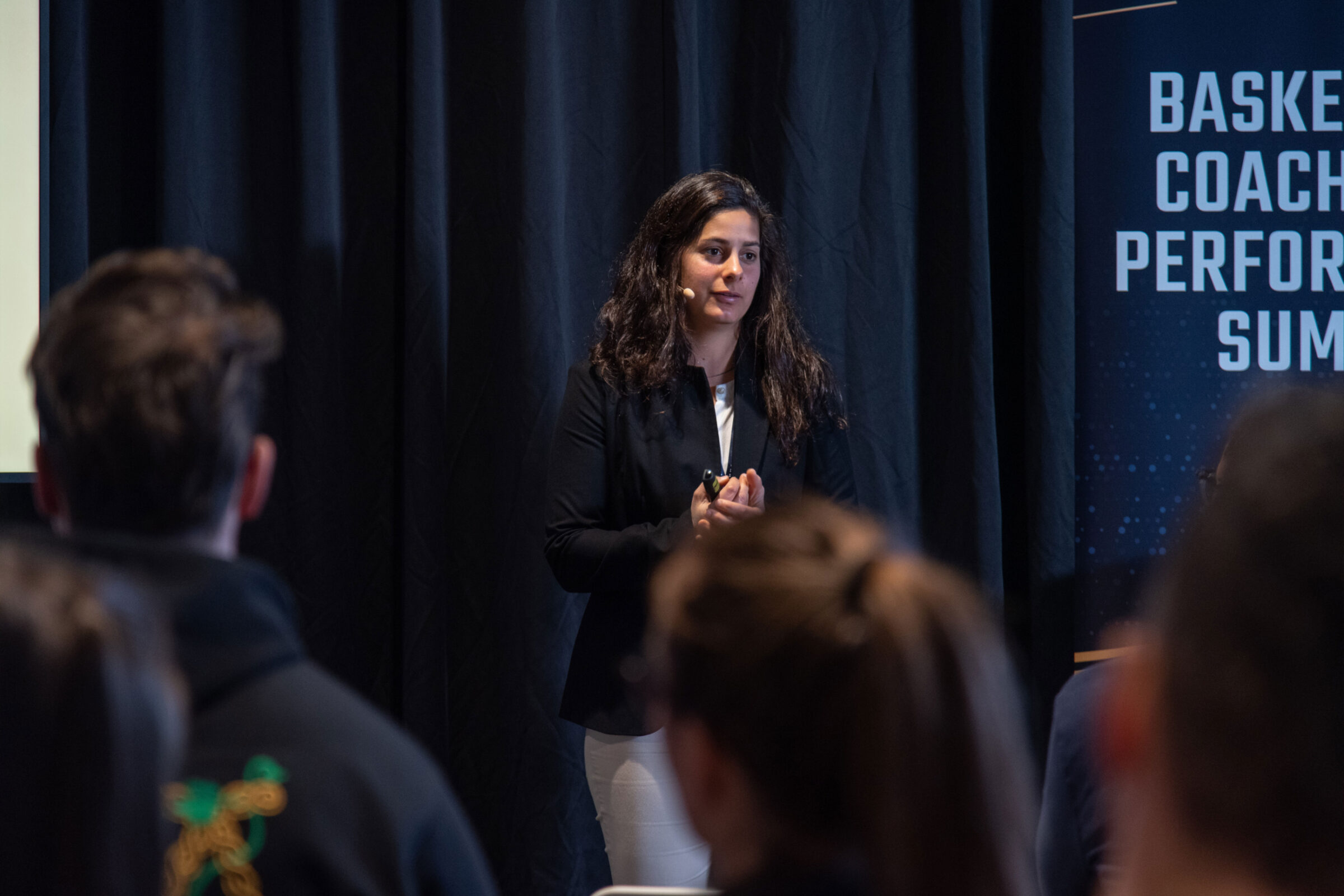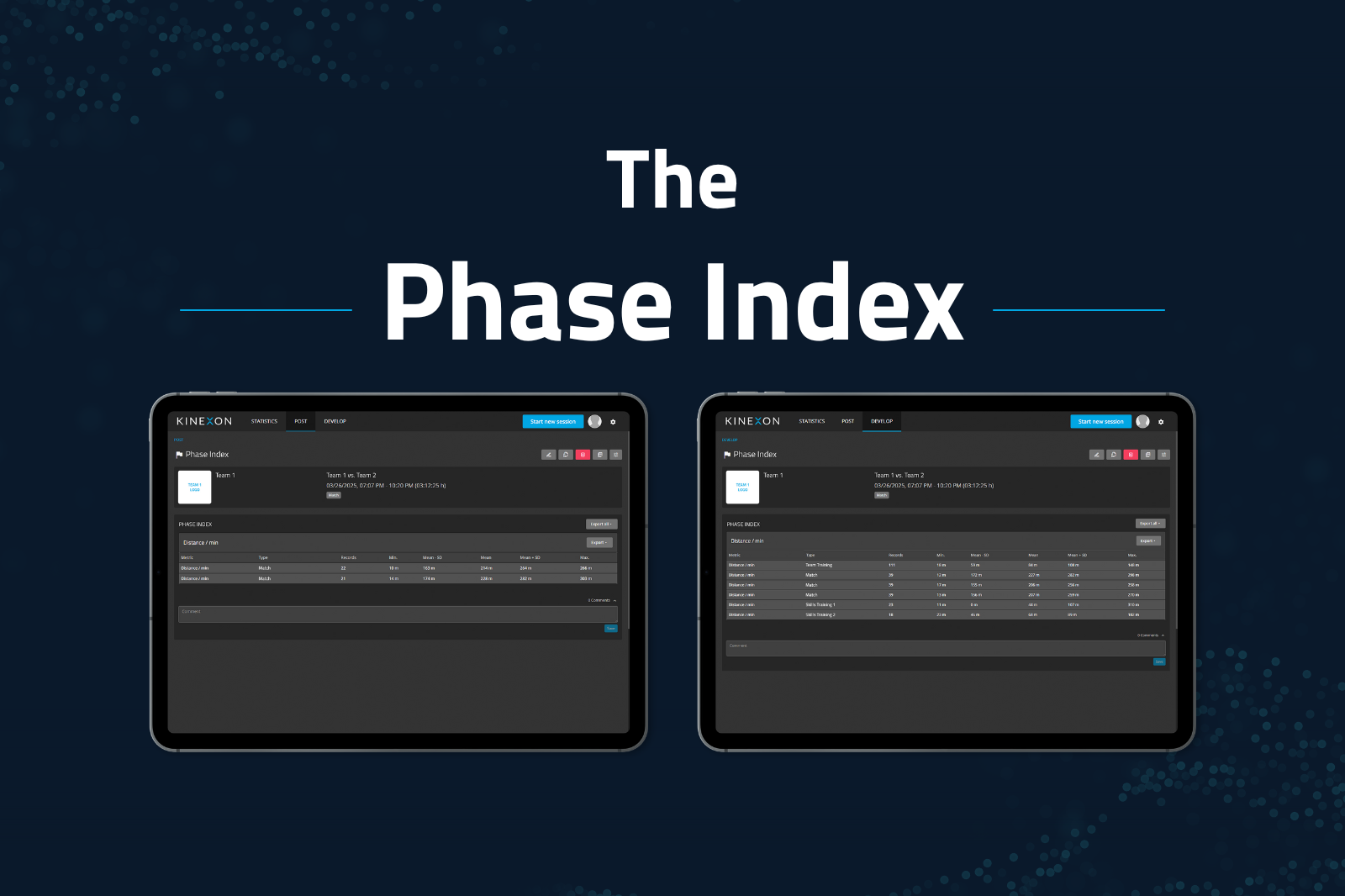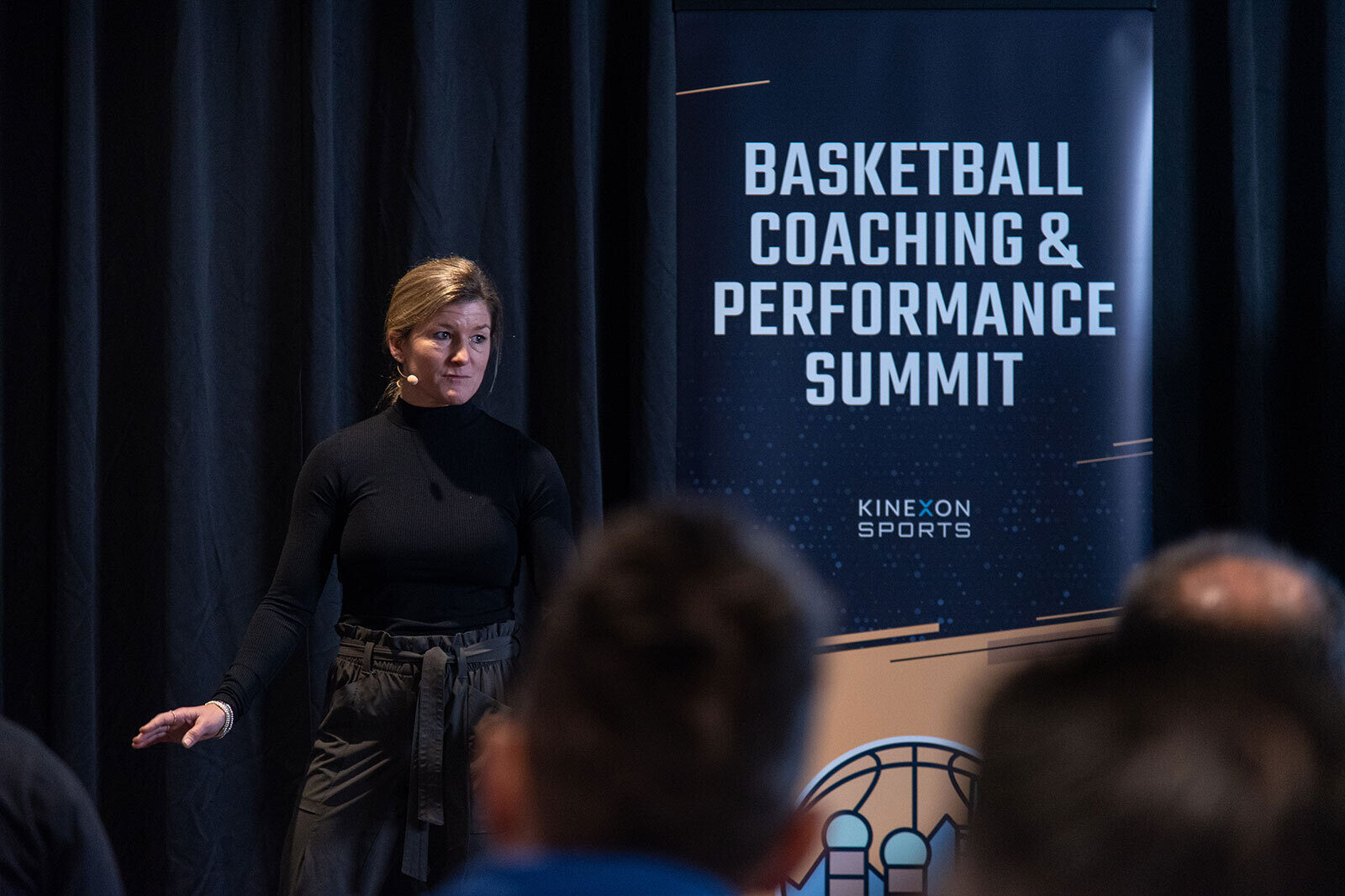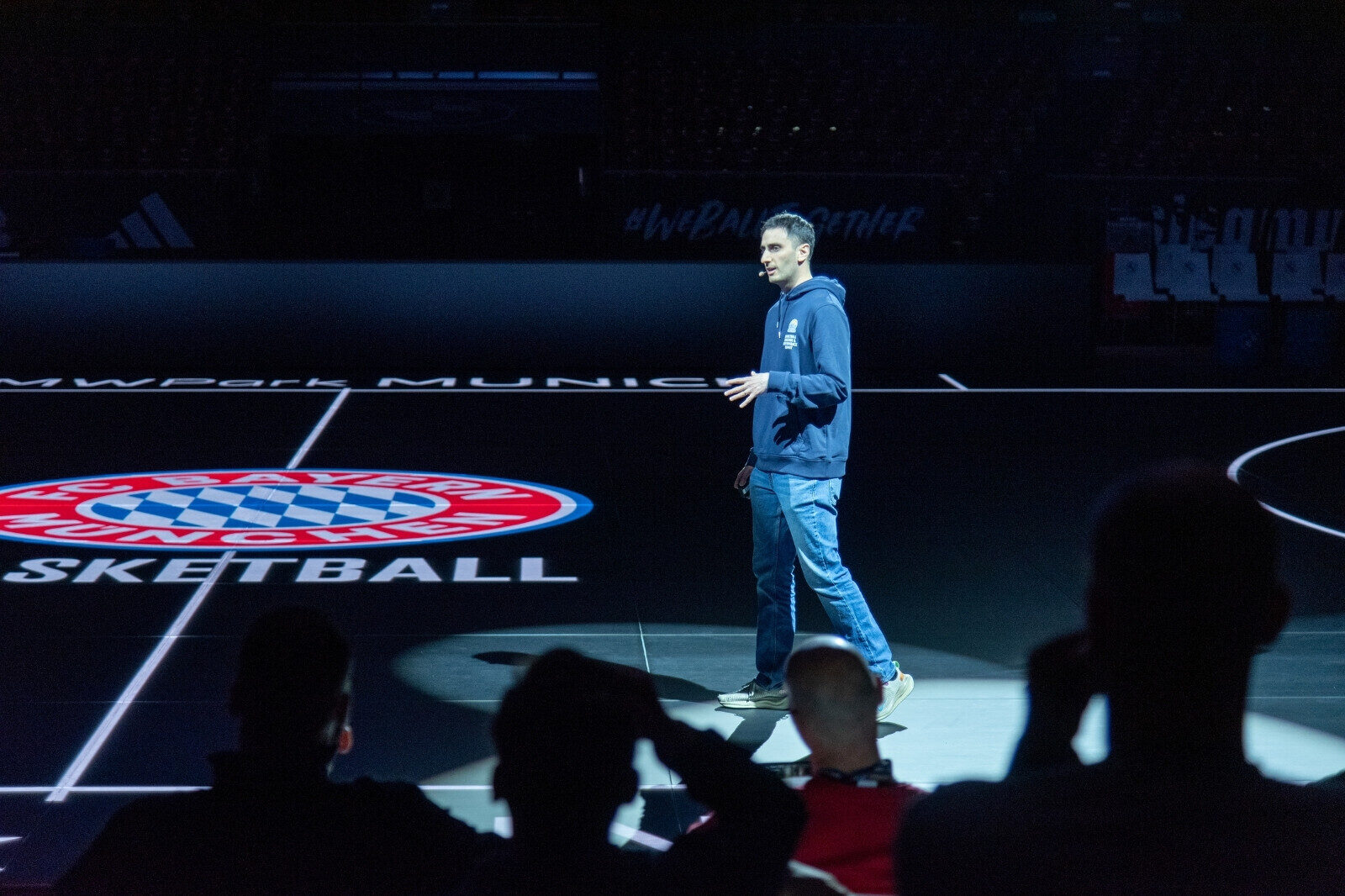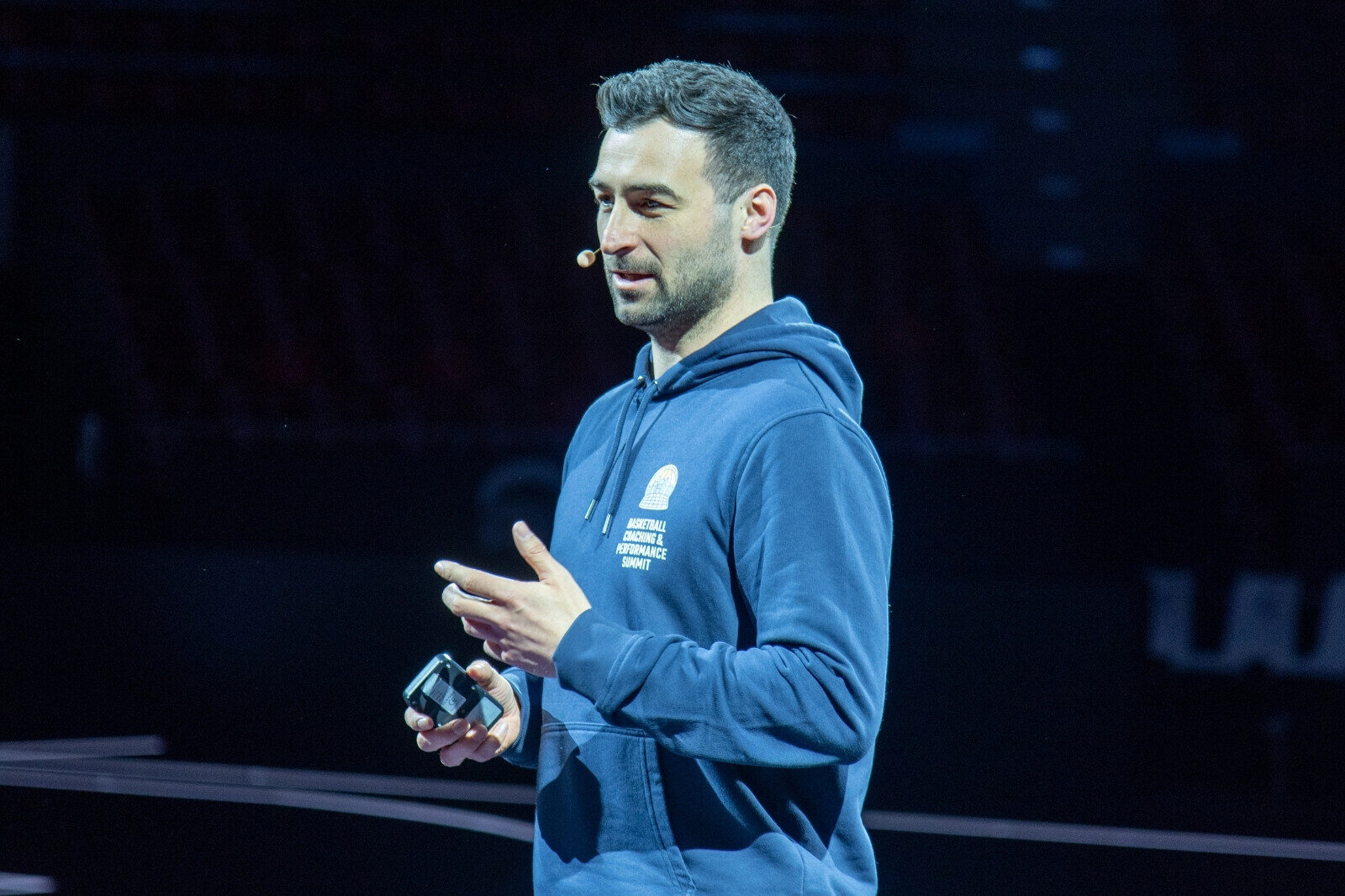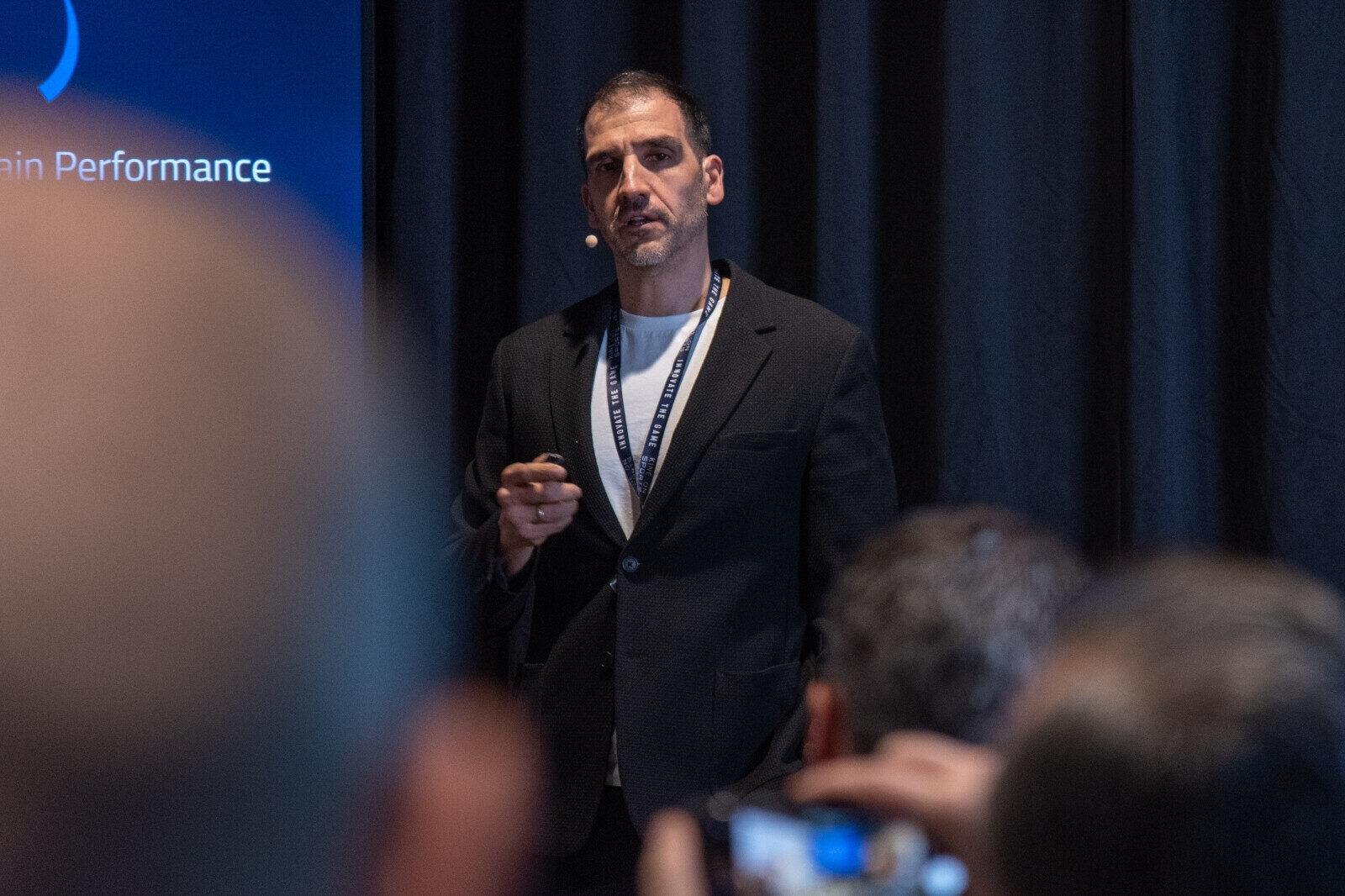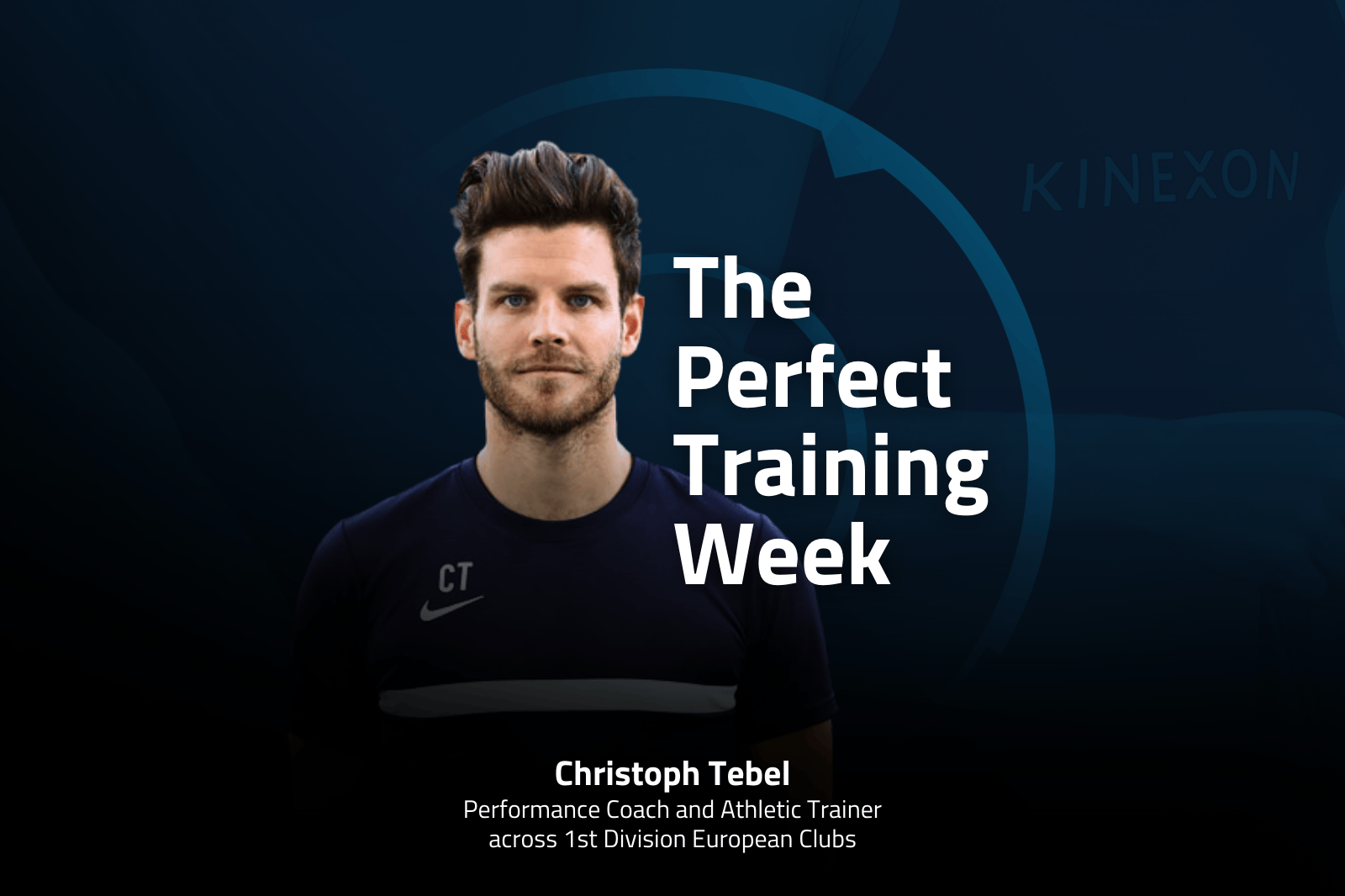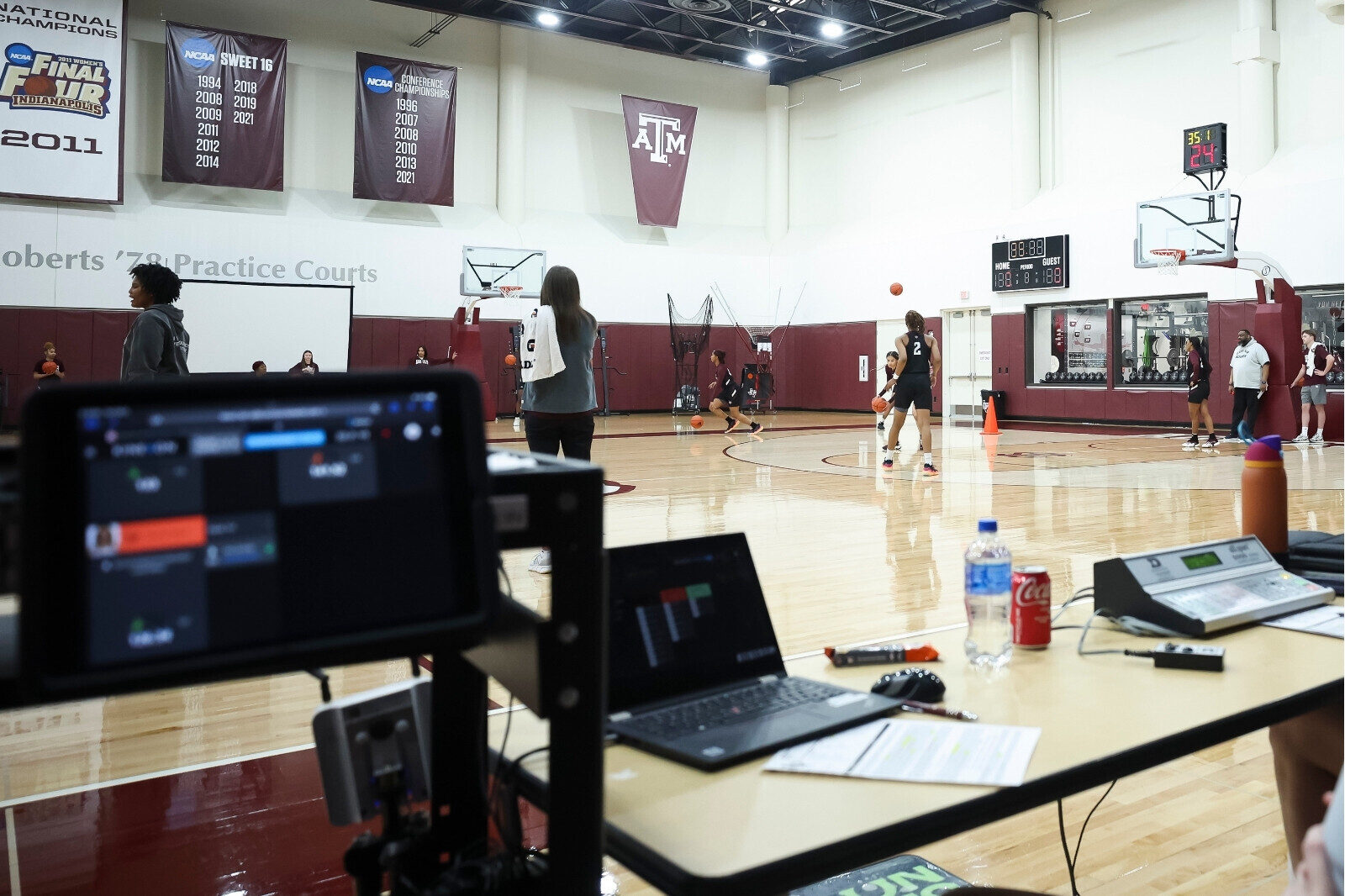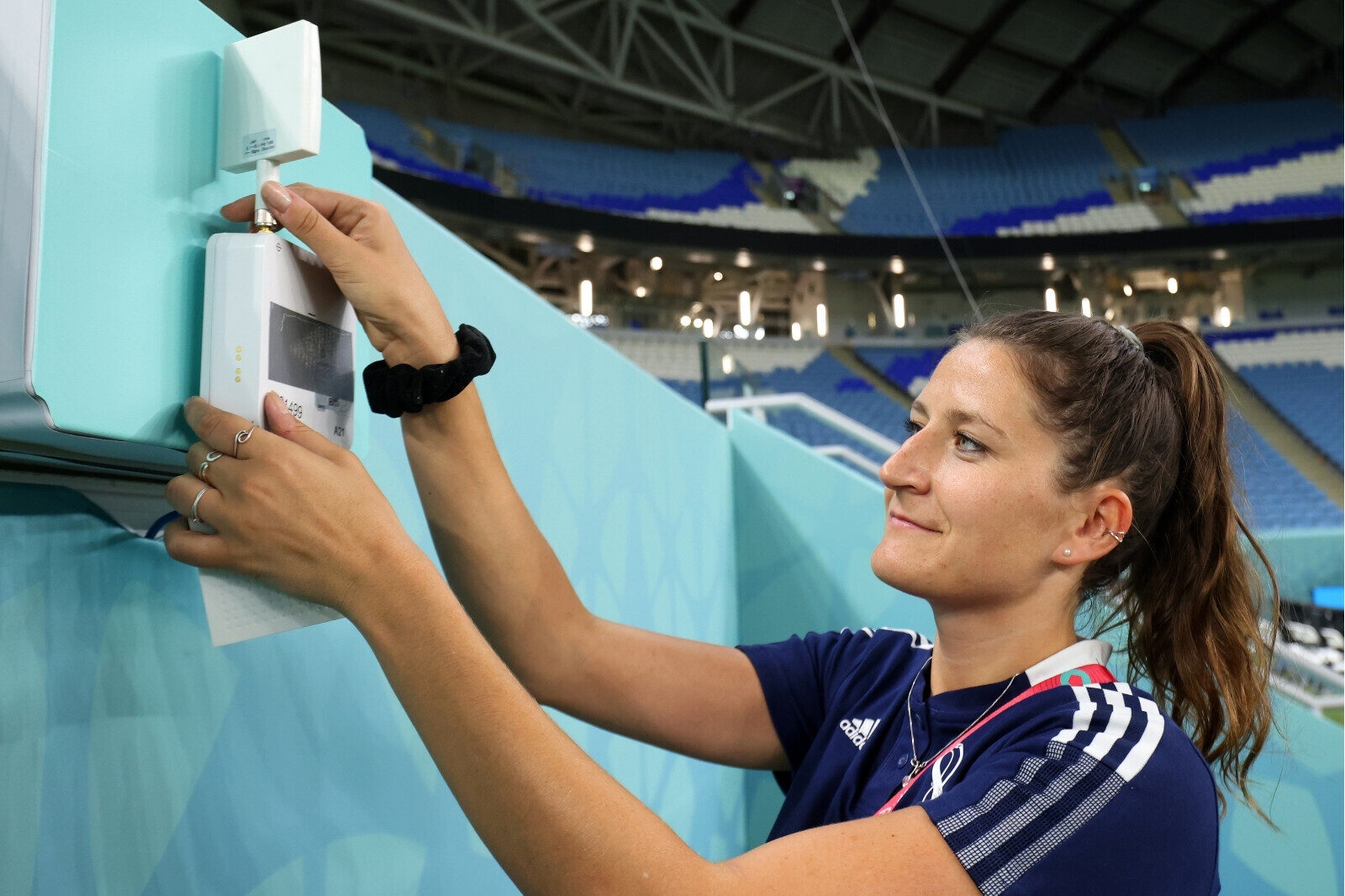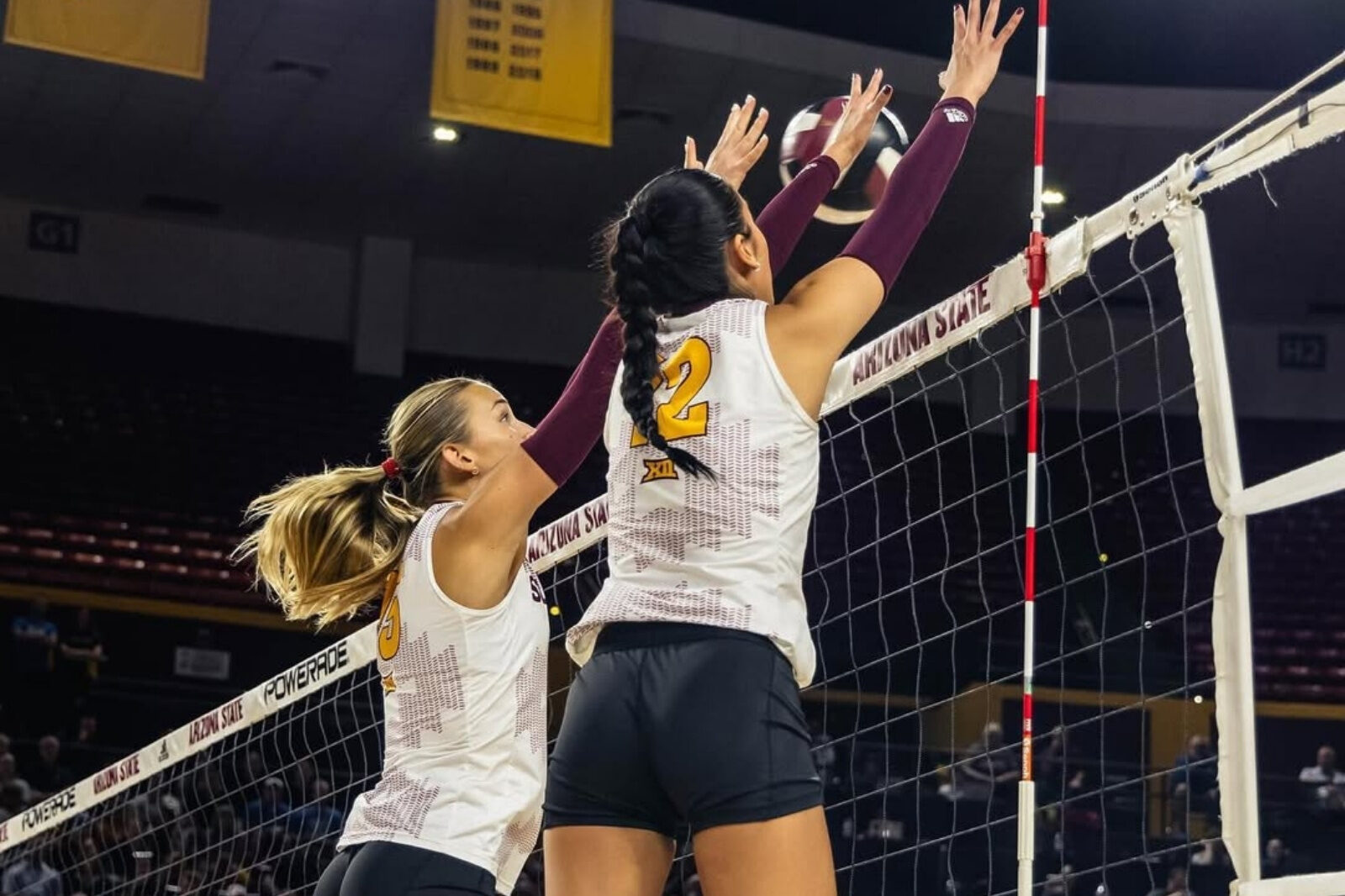How Stanford Volleyball Uses Micro-Dose Training to Stay Match-Ready
Managing the demands of the volleyball season while keeping athletes healthy and ready to perform is a chess match for coaches. Tyler Friedrich, the Marie and Alex Shipman Associate Athletics Director of Applied Performance at Stanford University, has refined this approach for the Cardinal women’s volleyball program. His philosophy: train hard enough to stay resilient, but smart enough to remain fresh.
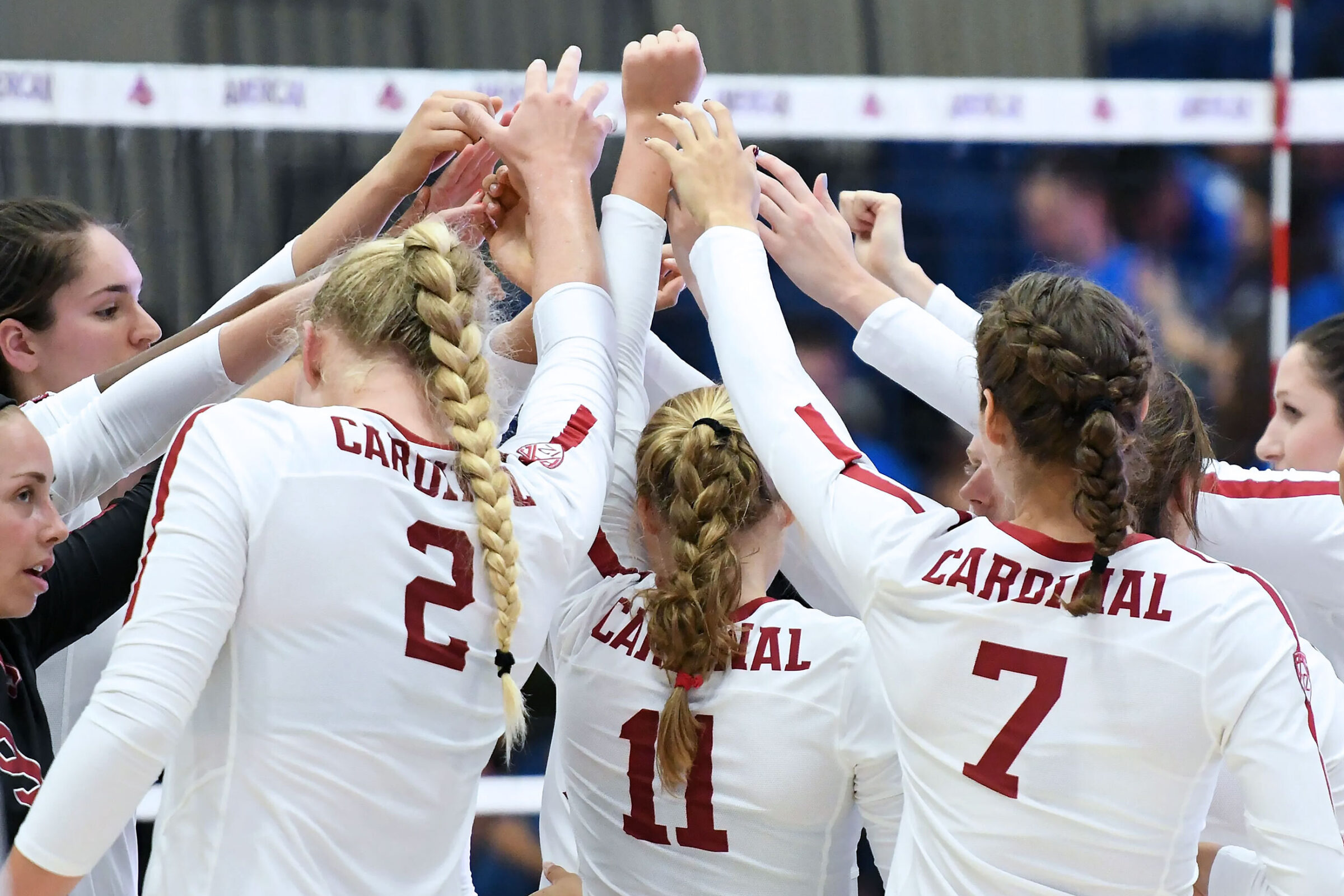
Sustaining Power Without Overload
During a long volleyball season, sustaining lower body power is critical for vertical performance and maintaining competitive sharpness throughout long rallies and back-to-back matches. Yet, with factors like travel, injuries, and dense match schedules, traditional training methods risk overloading players or compromising recovery. That’s where volleyball performance training data and micro-dosing meet.
The Micro-Dosing Model: Precision Over Volume
Friedrich’s micro-dosing strategy focuses on short, high-quality sessions with variable intensity tailored to the proximity of match day. Rather than requiring athletes to partake in exhaustive training sessions, he optimizes performance training to map weight room and court work across key days in the match cycle:
Match Day ‑4 | ‑3: High intensity, low volume weight training (80 – 85%) to build and maintain lower body power.
Match Date ‑2: A hybrid approach with moderate lifts and intense on-court work that mirrors or exceeds game demands.
Match Day ‑1: Tapered sessions with low volume, reactive movement work to fine-tune mechanics and prep the neuromuscular system for performance.
By applying just enough stimulus at just the right time, players maintain performance thresholds without unnecessary fatigue.

Stanford Volleyball's In-Season Micro-Dose Training Technique
Metrics That Matter
Friedrich relies on real-time data and performance trends from the KINEXON Sports App to track volleyball performance metrics like Accumulated Acceleration Load (AAL), Jump Count, High Metabolic Load, and Load per Minute. These metrics help dial in intensity while avoiding spikes that could increase injury risk or impair performance.

“The data validates what we feel or shows what we missed. We don’t let the data beat us on match day.”
RTP and Post-Season Performance Training
Micro-dosing also benefits injured athletes by creating structured progression paths based on live training data. And come postseason, Stanford shifts toward fast, explosive, power-focused sessions to sharpen peak performance. “We want players to be cannons,” Friedrich explains, “but we don’t want to shoot a cannon out of a rowboat.” Strength is the foundation — speed and timing finish the job.
Why It Works
The secret isn’t just in the data but in how it informs decision-making. Friedrich explains, “The data validates what we feel or shows what we missed. We don’t let the data beat us on match day.” The result? Athletes perform with consistency, resilience, and readiness even deep into the season.
If your volleyball team is ready to take the next step in performance training and analysis, schedule a demo with our team.
